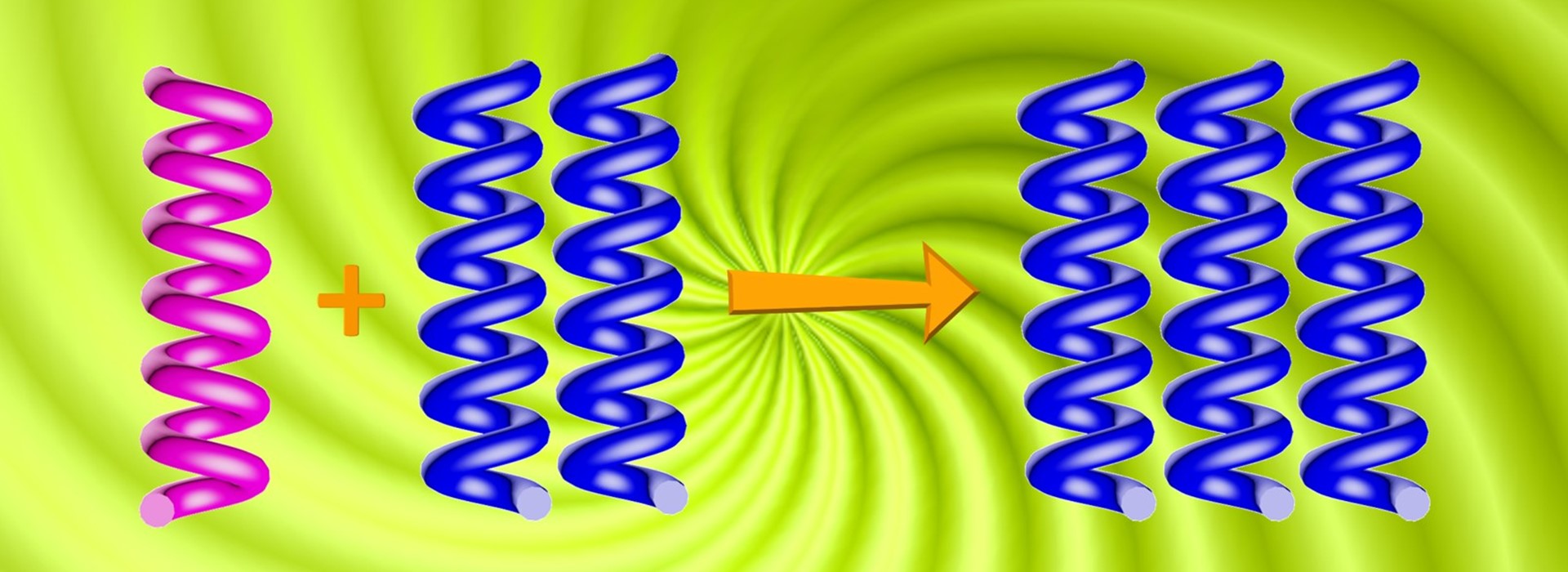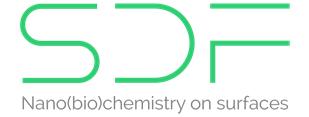New aspects of surface chirality revealed in Nature Communications

The majority rules: democracy in the molecular world
A central research theme in our group (http://defeytergroup.org/) is to unravel the beauty and function of supramolecular assemblies on surfaces. The liquid-solid interface is our favoured playground. In our recent study in Nature Communications, we attempted to tackle a puzzling issue in supramolecular systems, that is, the origin of single-handedness in near-racemic mixtures of two non-interconvertible enantiomers upon cooperative supramolecular assembly. Though there have been many efforts in recent years to unravel the effect of enantiomeric imbalances on the assembling of enantiomers, still little is known about 1) how can a chiral molecule be well incorporated into the handed lattice of its mirror image enantiomer without changing its absolute molecular chirality, and 2) what is the correlation between chiral amplification effect and structural properties of molecular building blocks.
Instead of looking for clues directly from the assembly processes and the self-assembled patterns, we made a detour. Considering molecules can often easily switch between different conformations, we took into account the conformational flexibility of monomers of glycine- and alanine-derived molecules, and searched the possible conformers that can exist at the molecularly dissolved state. We believe this step – often ignored in other studies – is important for molecules featuring asymmetrical shapes. Taken H2O2 as an example, it belongs to the group C2 and by definition is chiral, but it is often considered achiral because free rotation of the O-O bond makes the two enantiomers inseparable from each other. The achiral glycine derivative used in this study, similarly, should be considered ‘chiral’ but as a racemic mixture of two mirror image related and interconvertible conformers. Monomers of alanine derivatives, on the other hand, exist as an equilibrium of two opposite transient twisting forms which are not mirror image related, with relative small energy differences and interconversion barriers. Accordingly there are two competing aggregation pathways for each enantiomer, leading to the superstructures of opposite organizational chirality.
In such a way, we show for the first time that the distinction between left- and right-handed aggregates of a chiral substance is actually made at the molecularly dissolved state, and link the nonlinear chiral amplification effect in near-racemic systems to the biased adsorption and organization of the majority enantiomer and the compliance of the minority enantiomer to adopt an energetically less favourable twisting molecular conformation and handed organization. In simple words, while there are two pathways for supramolecular assembly, the majority rules which way to go.
An interesting practical implication of our study is that the factors leading to the amplification of chirality in surface-confined supramolecular bilayers can be generalized to other mixed enantiomer and multiple-component systems, which may pave the way to new studies into the pathway complexity in multi-component supramolecular systems.
To enable comments sign up for a Disqus account and enter your Disqus shortname in the Articulate node settings.


